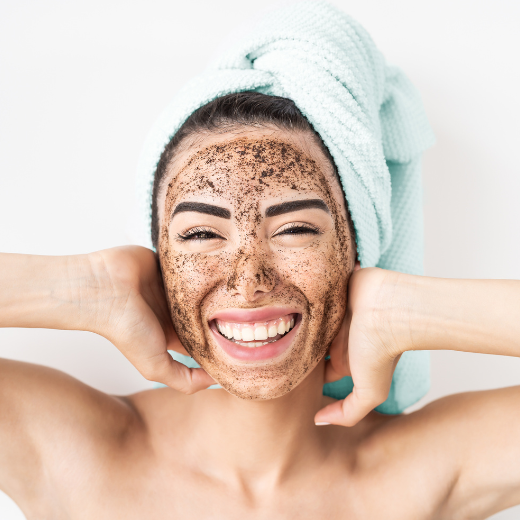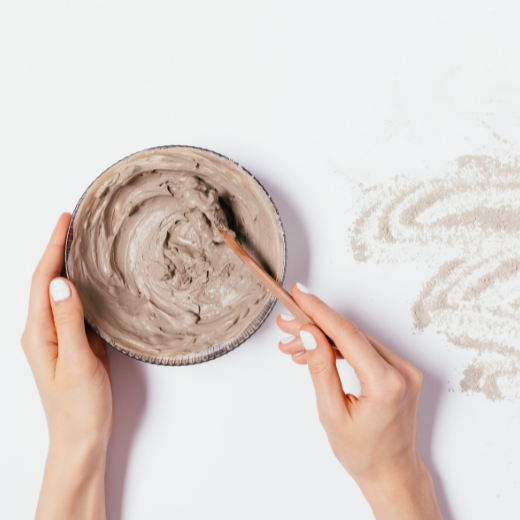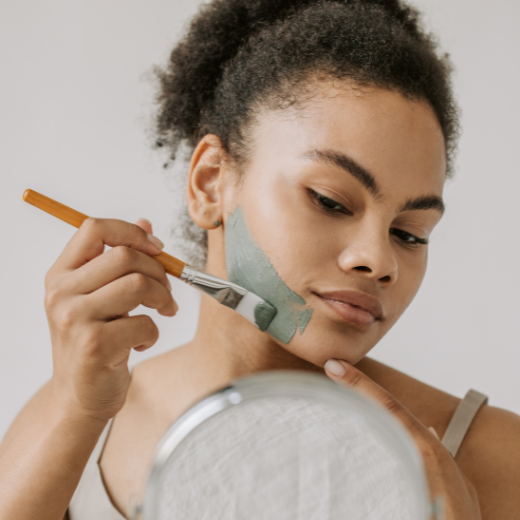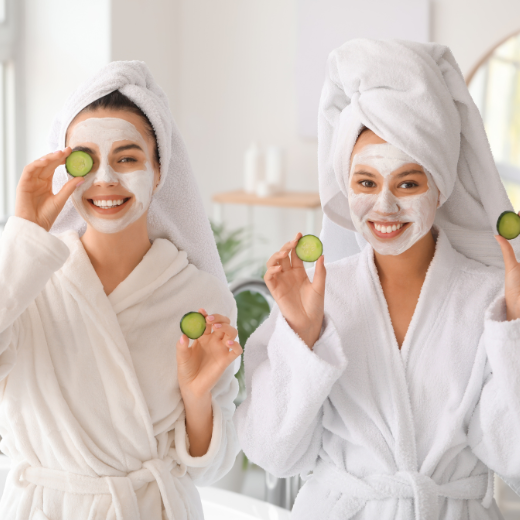Dos and Don'ts for Skin Care Masks
Posted by Nikki Wisher on Jul 11th 2023
Good news! You don’t have to be rich to have amazing skin, nor do you have to win the genetic lottery. Sure, the easiest way to give your skin a stunning glow might be to hire aestheticians and dermatologists to pull out all their tricks, but you might be shocked by what a simple yet consistent skin care regimen can do, especially if that regimen includes skin care masks. How do you put your beauty budget to the best use and make sure your masks are giving you all they have to offer? Follow these dos and don’ts.
Do Time Your Masks Strategically
Timing is a massive part of your skin care routine – which products to use in the morning vs. at night, the order in which to use your products, and so on. That holds true for masks too. The trick is finding the best time in your routine to allow the masks to work their best.
That timing will depend on the type of mask you’re using. For example, a cleansing mask is an excellent choice for the day after you exfoliate because the exfoliation will let the mask reach deeper into your skin. A resurfacing mask, on the other hand, may be too harsh to use that soon after you exfoliate.

Don’t Limit Skin Care Masks to Your Face
Masks are most commonly designed for facial use. After all, that’s the area of our skin that most of us are concerned about above anywhere else. But if you only use face masks, you’re missing out.
Take some time to try out masks for other areas, like your feet or hands. These masks work in similar ways to face masks – they’re concentrated products that you apply and leave on for a certain amount of time before removing. If you want younger-looking hands, or soft, smooth feet, masks can do just as much for these areas as they can for your face.
To be clear, you don’t want to take your face mask and just apply it elsewhere. Look for masks that are designed for the area you want to target.
Do Choose Masks Based on Your Skin Type
You might have a friend who raves about a certain mask they’ve found and how much it has helped their skin. That’s great, and recommendations from friends are always welcome, but as with any other product, masks are all designed with certain skin types and needs in mind. Rather than jumping on your friend’s rec, see what the mask claims to do and what types of skin it’s for, whether you need a hydrating mask for dry skin, an anti-aging mask for sensitive skin, or whatever the case may be.
Don’t Trust Every DIY Mask Recipe You Find Online
Let’s have a chat about DIY skin masks. The movement toward more natural skin care is thriving, and I’m all for it! But a mask made from kitchen staples is generally not the best way to do that.
DIY masks usually aren’t designed by skin care scientists and dermatologists but by influencers and beauty enthusiasts who mean well but don’t have in-depth knowledge of the chemistry in their hands. Some ingredients they suggest might not be safe to put on your skin, and others might be safe on their own but interact poorly when put together. You also don’t know whether the recipe you find is suitable for your skin type because it hasn’t been studied.
This doesn’t mean that all DIY skin care mask recipes are dangerous or potentially irritating, but it does mean they’re not worth the gamble, no matter how many commenters are raving about them. Stick to professionally developed skin masks instead.

Do Use Masks on (and with) a Clean Slate
Sometimes it’s the simplest mistakes that people overlook in their skin care routine…like cleansing. Always cleanse your face before applying a mask. This clears away oils, sweat, and other debris that can block the mask from reaching your skin as much as possible.
While nearly every mask will tell you in the instructions to cleanse your skin first, they don’t tell you to wash your hands, and that’s equally important. Applying a mask with unwashed hands could transfer dirt, oils, and more onto your face and counteract the restorative effects of the mask.
Don’t Assume More = Better
This is true for not only masks but all skin care products: more isn’t necessarily better. Your mask should have instructions about how often to use the product, and you should use that as your maximum. If you overuse masks, such as by using them daily instead of weekly, they can irritate your skin or otherwise make your skin worse than it was before.
This applies to the amount of time you wear your mask too. If the package says to leave it on for 10 minutes, you won’t double the effect by leaving it on for 20 minutes; you might be harming your skin instead.

Do Follow Your Mask with Moisturizer
As you’ve probably read in these blogs a hundred times, skin care will vary considerably from person to person – what you need, when you need it, and so on. But one rule that is as close to universal as it gets is to finish your skin care routine with moisturizer. Moisturizer locks in the hydration your skin care products have given to your skin and helps to rebuild your natural protective barrier. When you use a mask, always finish your routine with a moisturizer (yes, even if the mask is a hydrating mask).
Skin care masks can be a fantastic way to give your skin more concentrated nourishment and focus on a specific skin care goal without shelling out hundreds or more for professional skin treatments. With the dos and don’ts above, you can make sure you’re squeezing every last drop of beauty out of those masks.

